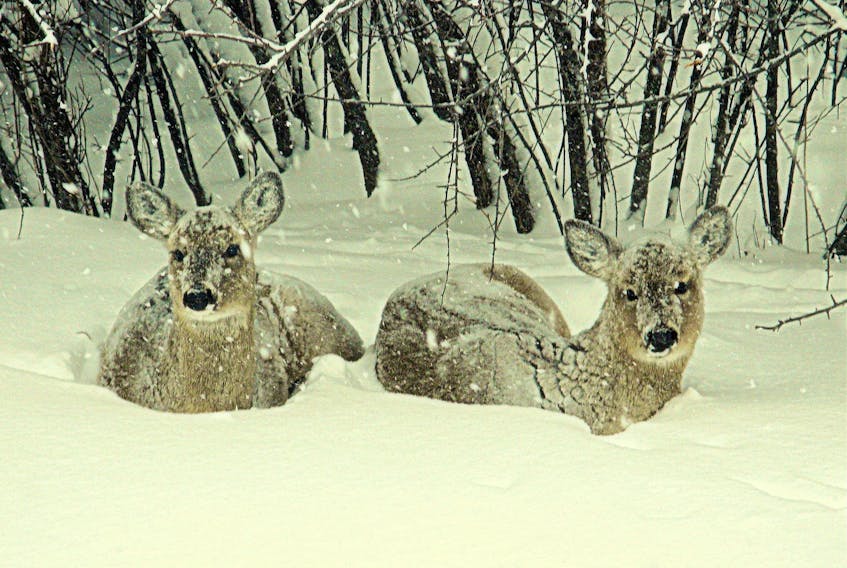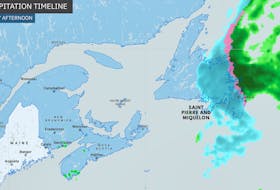
In his 1911 handbook, anthropologist Franz Boas claimed, “Eskimos have dozens, or even hundreds, of words for snow.” Personally, I only know a couple but I can say that there are many different types of snow. Snow can be qualified by its intensity, its shape and even how it looks on the ground.
Many of you already know that I’m very fond of snow and I’m willing to bet you’d be too if you didn’t have to drive in it or shovel it. I hear you.
It can be hard to believe that something so delicate and airy can end up being so heavy.
While individual snow crystals are quite light, when they aggregate by the billions and billions a little becomes a lot. And those crystal accumulations make very good masses for holding liquid.
Years ago, meteorologists developed a rule of thumb: 25 cm of snow would melt down to 2.5 cm of water, or be the equivalent amount of rain if it fell as liquid.
That 10:1 ratio, we now know, is far from always correct. When snow falls at near-freezing temperatures, the ratio of snow to water equivalent comes close to the 10:1 ratio. However, the full range is from around 100:1 to 3:1, depending on other weather factors such as air temperature, snow crystal structure and wind speed.
Here in Atlantic Canada our snow is usually quite heavy. We’re not often privy to those light fluffy snowfalls that seem to be reserved for our friends who live in a more continental climate.
All things considered at -2 degrees, an average shovelful of snow can weigh 15 to 20 kg. Shovelling for around 15 minutes can have you lifting a couple of tonnes of weight.
Shovelling can be a good workout, if you’re in fairly decent shape. Experts say that 15 minutes of shovelling can count as moderate physical exercise; the same level as running at 15 km/h. If you’re not much of a runner and haven’t worked out for a while, take it easy; there are other, safer ways to work out.
One last fact about snow you might want to share with your friends at the water cooler today:
Every winter, approximately one septillion snowflakes fall from the sky!
I enjoy each and every one of them!
Cindy Day is chief meteorologist for SaltWire Network.









